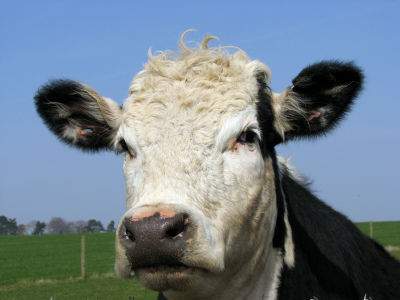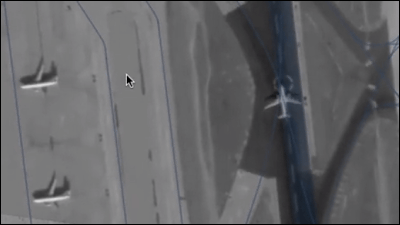'Beef belching' can be clearly seen from space

GHG Sat, a Canadian environmental data company, announced that it was able to confirm the emission of methane gas when cattle burp on a ranch from a high-resolution satellite orbiting at an altitude of 500 km. This is a valuable example of confirming the 'emission of greenhouse gases from livestock' that has been pointed out from space.
Cow burps seen from space --GHGSat
Planet-warming emissions from cow burps have been seen from space --CNN
https://edition.cnn.com/2022/04/30/us/cow-burps-methane-space-climate-trnd/index.html
GHG Sat has been conducting a project to monitor methane gas emissions from satellites since around 2016, and as of May 2022, five satellites are orbiting in a sun-synchronous orbit at an altitude of about 500 km. The satellite owned by GHGSat is about the size of a microwave oven and is equipped with a very high-precision sensor that can detect methane gas leaks from the facility.
Efforts to monitor methane gas emissions that cause global warming from artificial satellites have begun mainly by private companies --GIGAZINE

On March 2, 2022, GHG Sat satellites confirmed methane gas emissions in an agricultural area of San Joaquin Valley, California. Emissions range from 361 to 668 kg per hour, and when converted to one year, the emissions amount to approximately 5116 tons.
The results actually observed from the satellite are as follows. The colored dots on the satellite image of the farm indicate the emission of methane gas, and the green and yellow parts are the points with the highest emissions.

The image on the right below shows the observation results at a larger scale. You can see that methane gas emissions are concentrated in certain areas of the farm, especially around the facility in one corner of the farm.

When GHGSat conducted a survey, it was found that there was a cattle feedlot at the point where methane gas emissions could be confirmed. In other words, it was confirmed from space that a huge amount of methane gas is emitted from cattle.
Methane gas, a type of greenhouse gas, is considered to be one of the largest sources of livestock belching. The livestock industry is one of California's major industries, with 1.4 million cattle in California being considered one of the largest sources of methane gas in the United States, and legislation is underway. Various methods have also been tested to reduce cattle-derived methane gas emissions, such as adding a small amount of seaweed to the feed, but the livestock industry can set goals and adopt new practices in cattle. It is necessary to accurately measure the amount of methane gas emitted by burping.
'This is the first time we have been able to measure methane emissions from livestock using satellite images,' said Brody Wight, sales director at GHG Sat. According to Wight, the satellite can fly a designated location for 20 seconds and create snapshots showing changes in emissions over time, which can be combined with cattle methane emissions and a diet program to produce livestock farmers. However, it can be expected to support efforts to reduce methane gas emissions from cattle belching.
Related Posts:






